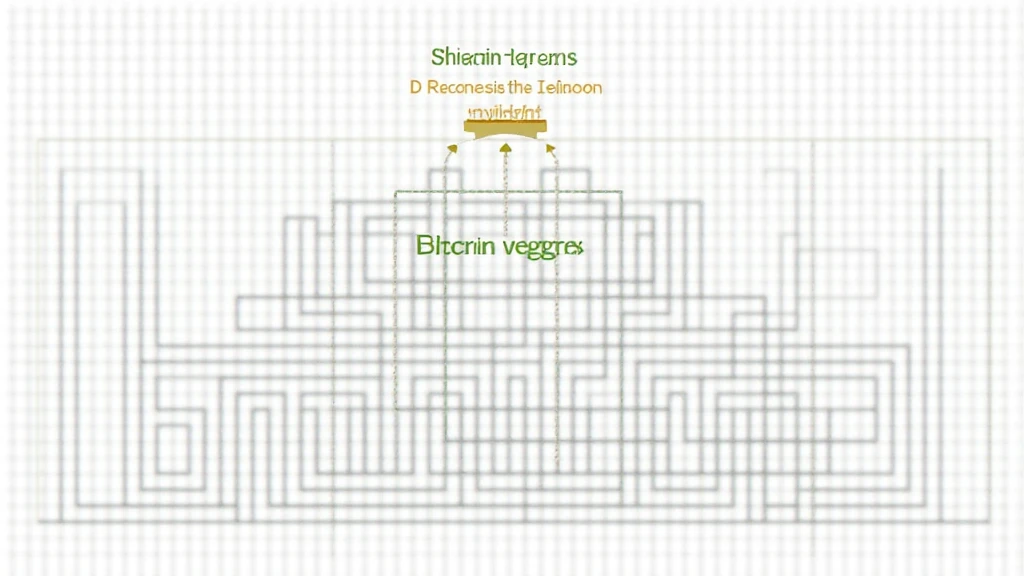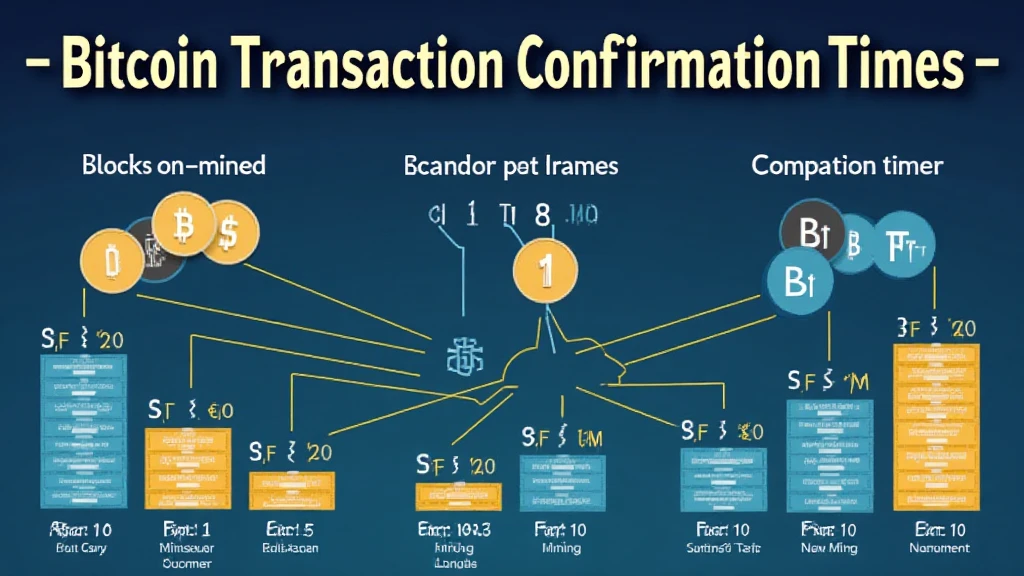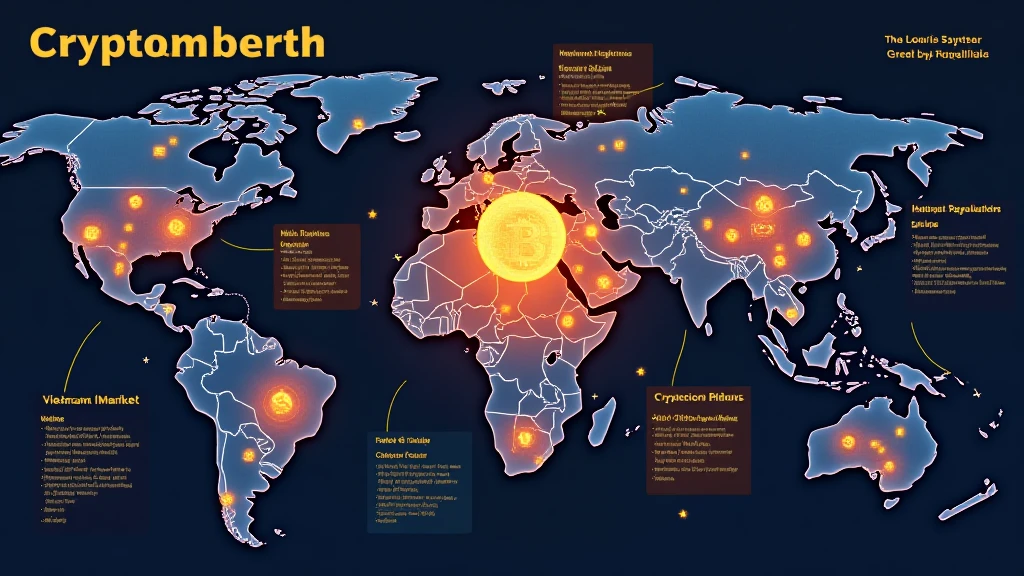Bitcoin Layer: Understanding the Future of Cryptocurrency Transactions
With over $4.1 billion lost to DeFi hacks in 2024 alone, the need for robust Bitcoin Layer solutions has never been clearer. As cryptocurrencies continue to rise in popularity, understanding the underlying technologies that enhance transaction efficiency and security is crucial for new and seasoned investors alike.
The Basics of Bitcoin Layers
Bitcoin’s original blockchain system faces issues such as slow transaction times and high fees during peak demand periods. To combat this, various layers have been developed to enhance its functionality. These layers operate on top of the Bitcoin mainnet, aiming to improve efficiency and scalability.
- Layer 1: This refers to the base Bitcoin blockchain, which handles all core functions.
- Layer 2: Protocols like the Lightning Network allow faster transactions and lower fees.
Why Layer 2 is the Future
Layer 2 solutions, such as the Lightning Network, enable near-instant transactions by completing operations off the main blockchain. This is akin to having a side street that alleviates traffic on a busy highway. The benefits of Bitcoin Layer 2 include:

- Speed: Transactions can be completed in seconds, enhancing user experience.
- Cost Efficiency: Significantly lower fees, allowing microtransactions.
The Potential of Decentralized Finance
Decentralized Finance (DeFi) has exploded in popularity, particularly in regions like Vietnam. As the Vietnamese crypto market grows, with a user increase rate of 25% year-over-year, the need for efficient and safe transaction methods becomes paramount. 2025 is predicted to be a pivotal year for Bitcoin Layer advancements within the DeFi space.
Scalability Challenges
As Bitcoin adoption rises, the issues surrounding scalability and transaction processing become critical. Transaction throughput may be limited on Layer 1, prompting users to seek Layer 2 solutions for scalability.
Solutions in Place
Consider the Lightning Network; to use it:
- Your transactions open a payment channel that aggregates multiple transactions.
- This reduces the load on the main blockchain while still being secure.
Security Considerations
Security is paramount in cryptocurrency. While Bitcoin’s base layer is known for its security, Layer 2 solutions introduce new challenges and require careful consideration:
- Smart Contracts: Bugs in code can lead to vulnerabilities.
- Centralization Risks: Some Layer 2 solutions may require trust in third-party operators.
Expert Insights
According to Chainalysis, transactions facilitated through Layer 2 are expected to grow by over 50% by 2025. This projection emphasizes the importance of ongoing innovation and improvement in the infrastructure of cryptocurrency.
What’s Next for Bitcoin Layer?
The Bitcoin ecosystem is evolving, and so are user expectations. With advancements like the introduction of zk-Rollups and plasma chains, users can expect a sophisticated level of functionality that combines security and speed.
Conclusion
In conclusion, the landscape of cryptocurrency is continuously changing, and the Bitcoin Layer is at the center of it all. As we look toward the future, integrating these layers will be necessary to maintain the utility of Bitcoin while paving the way for new innovations. For anyone considering investments in Bitcoin Layer solutions, understanding these concepts and trends is essential.
This article serves as a guide through the complex world of Bitcoin Layer technologies. Be sure to stay updated as developments unfold in 2025 and beyond.
**Disclaimer:** Not financial advice. Consult local regulators before investing.
For more information about cryptocurrency terms and trends, visit mycryptodictionary.





